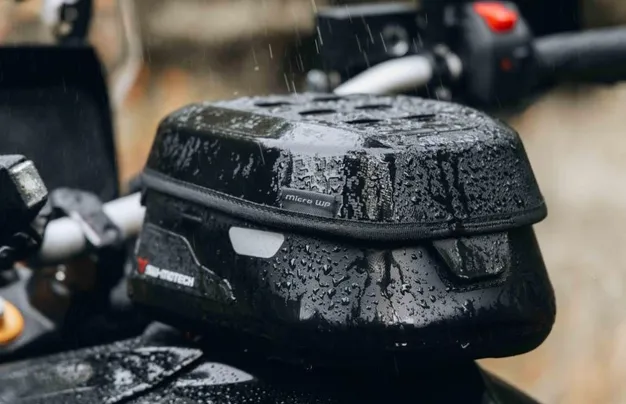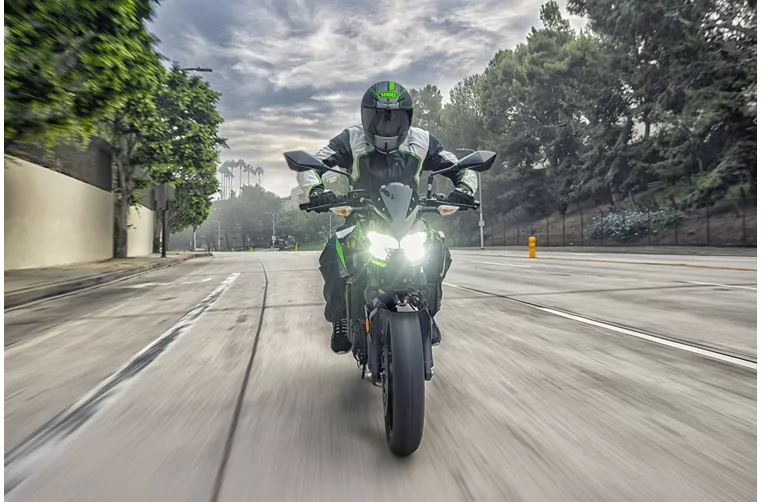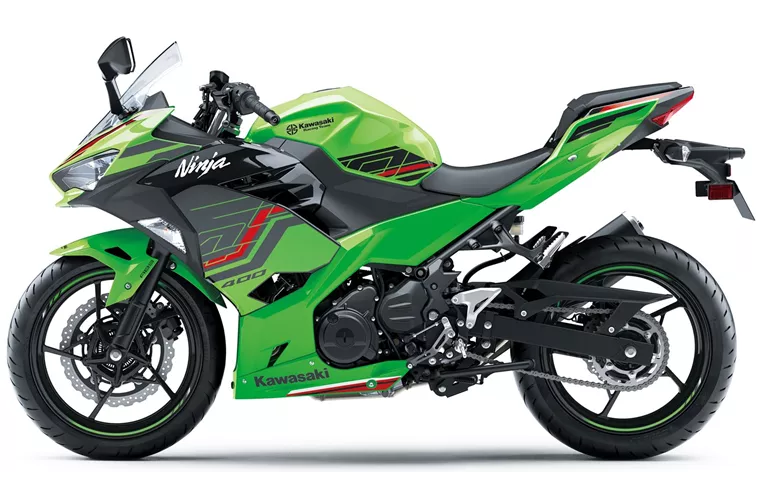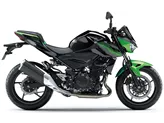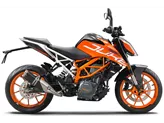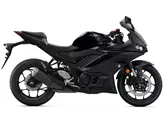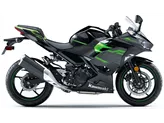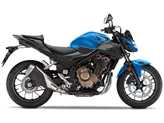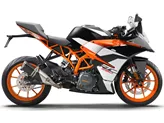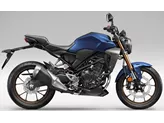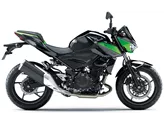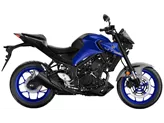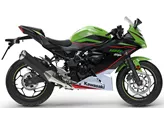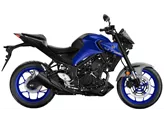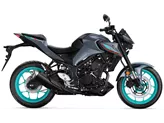Kawasaki Z 400 2023 vs. Kawasaki Ninja 400 2023
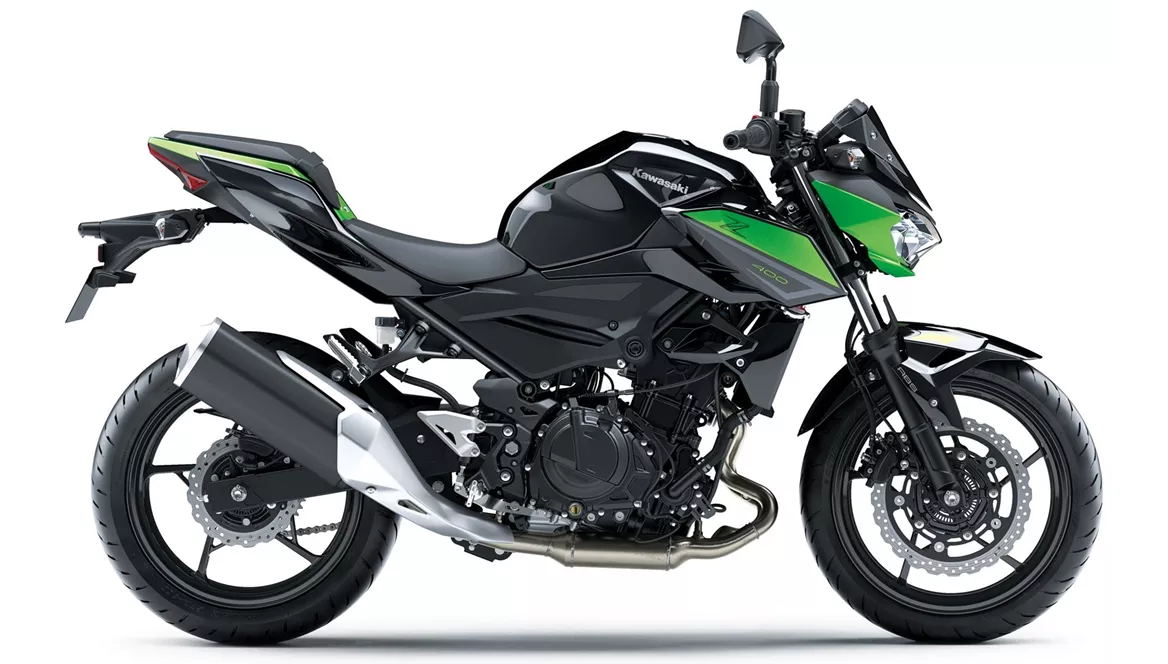
Kawasaki Z 400 2023
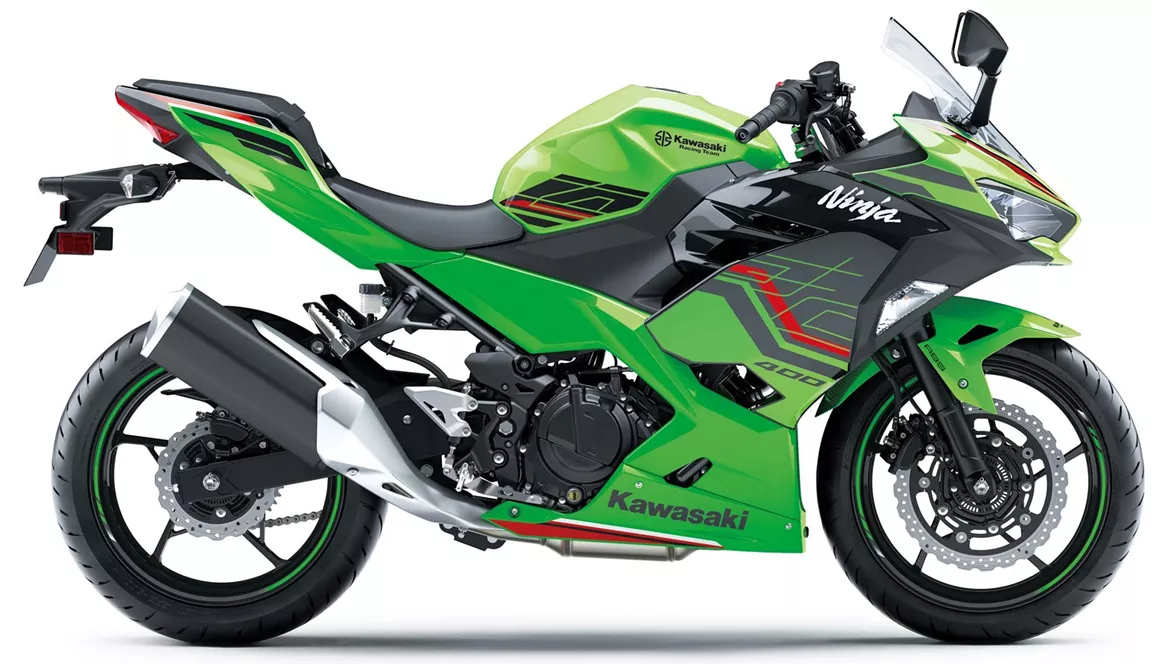
Kawasaki Ninja 400 2023
Overview - Kawasaki Z 400 2023 vs Kawasaki Ninja 400 2023
The Kawasaki Z 400 2023 and the Kawasaki Ninja 400 2023 are both models from Kawasaki, but they have some distinct differences.
Starting with the technical specifications, both bikes have the same engine type, bore, stroke, engine power, torque, compression ratio, fuel system, throttle bore, cylinders, valves per cylinder, cooling, and displacement. This means that they have the same engine performance and capabilities.
In terms of suspension, both bikes have a telescopic fork front suspension and a swing arm rear suspension with a monoshock and preload adjustment. This ensures a smooth and comfortable ride for both models.
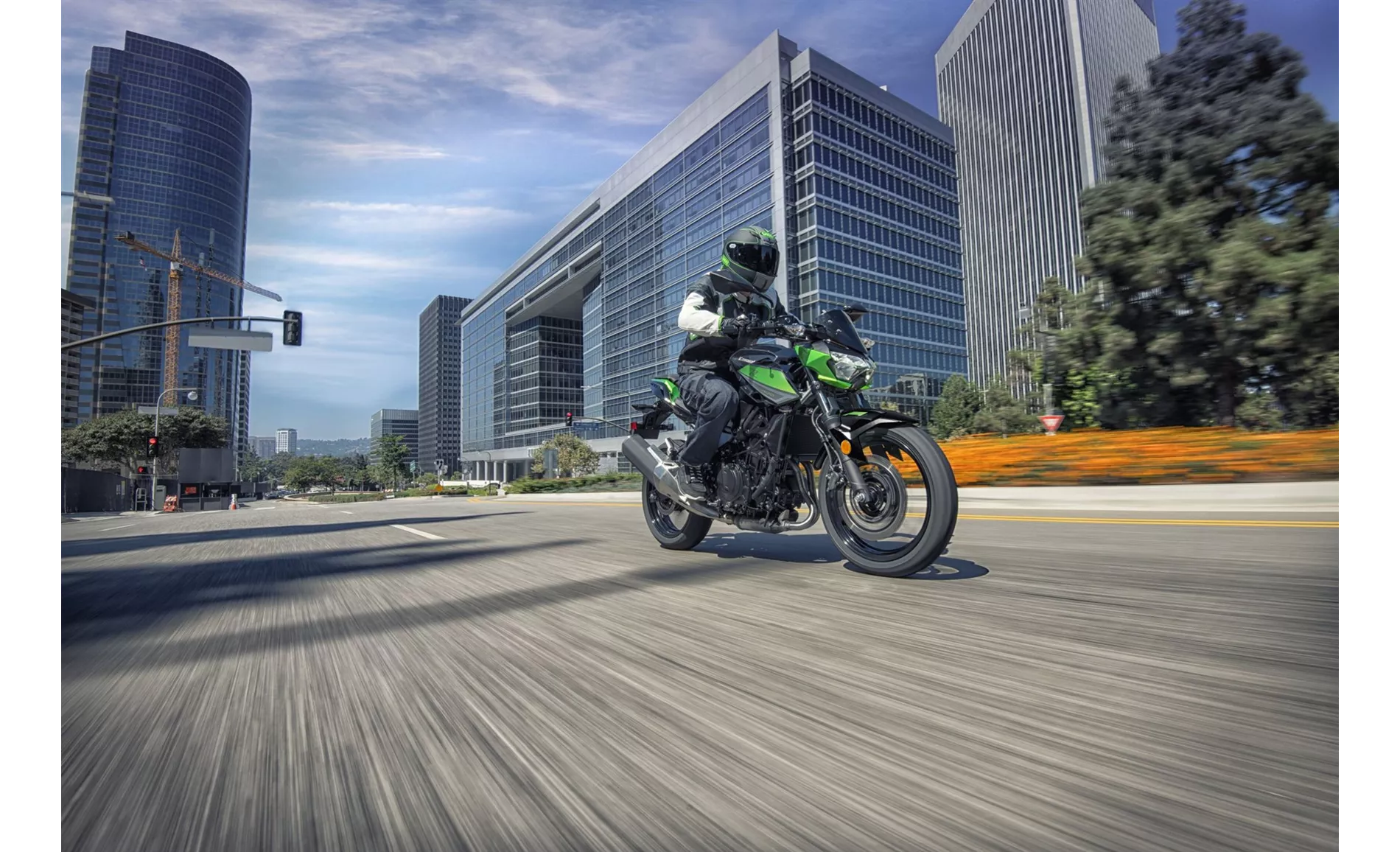
Kawasaki Z 400 2023
The chassis of both bikes is made of steel and has a tubular frame type. They also have the same rake and trail measurements, which contribute to their stability and handling.
For the braking system, both bikes have a single disk front brake with a diameter of 310 mm and double piston technology. This ensures reliable and efficient braking power.
Both models are equipped with ABS, which is an advanced rider assistance system that enhances safety by preventing wheel lock-up during braking.
In terms of dimensions and weights, both bikes have the same front and rear tire width and diameter, wheelbase, seat height, and fuel tank capacity. However, the Kawasaki Z 400 2023 has a slightly lower kerb weight with ABS compared to the Kawasaki Ninja 400 2023.
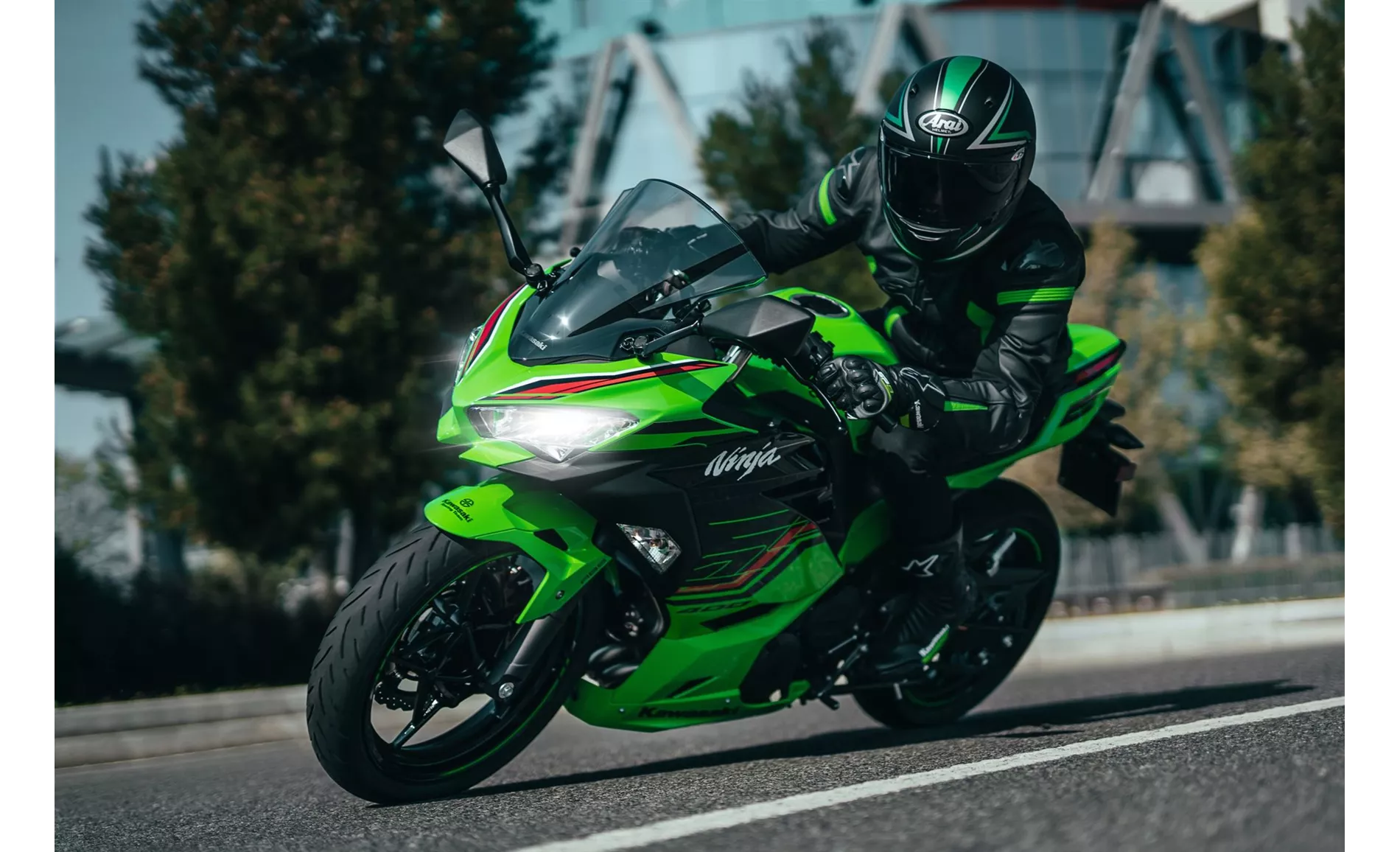
Kawasaki Ninja 400 2023
Moving on to their strengths, the Kawasaki Z 400 2023 is praised for its lively engine, good chassis and brakes, easy handling, grown-up look, and high-quality workmanship. On the other hand, the Kawasaki Ninja 400 2023 is commended for its good combination of stability and playful handling, robust and reliable appearance, well-controllable engine, wide usable rev range, and pleasant seating position.
However, the Kawasaki Z 400 2023 has a weakness in the form of non-adjustable levers, which may not provide the desired customization for some riders. On the other hand, the Kawasaki Ninja 400 2023 has limited space for large pilots, which may not be comfortable for riders with a larger build.
In conclusion, both the Kawasaki Z 400 2023 and the Kawasaki Ninja 400 2023 have similar technical specifications and offer a comfortable ride with reliable performance. However, they have different strengths and weaknesses, with the Z 400 2023 excelling in its engine and chassis, while the Ninja 400 2023 offers a stable yet playful handling experience. Riders should consider their preferences and requirements to choose the model that suits them best.
Technical Specifications Kawasaki Z 400 2023 compared to Kawasaki Ninja 400 2023
Pros and Cons in comparison
Pros and Cons in comparison
Kawasaki Z 400 2023
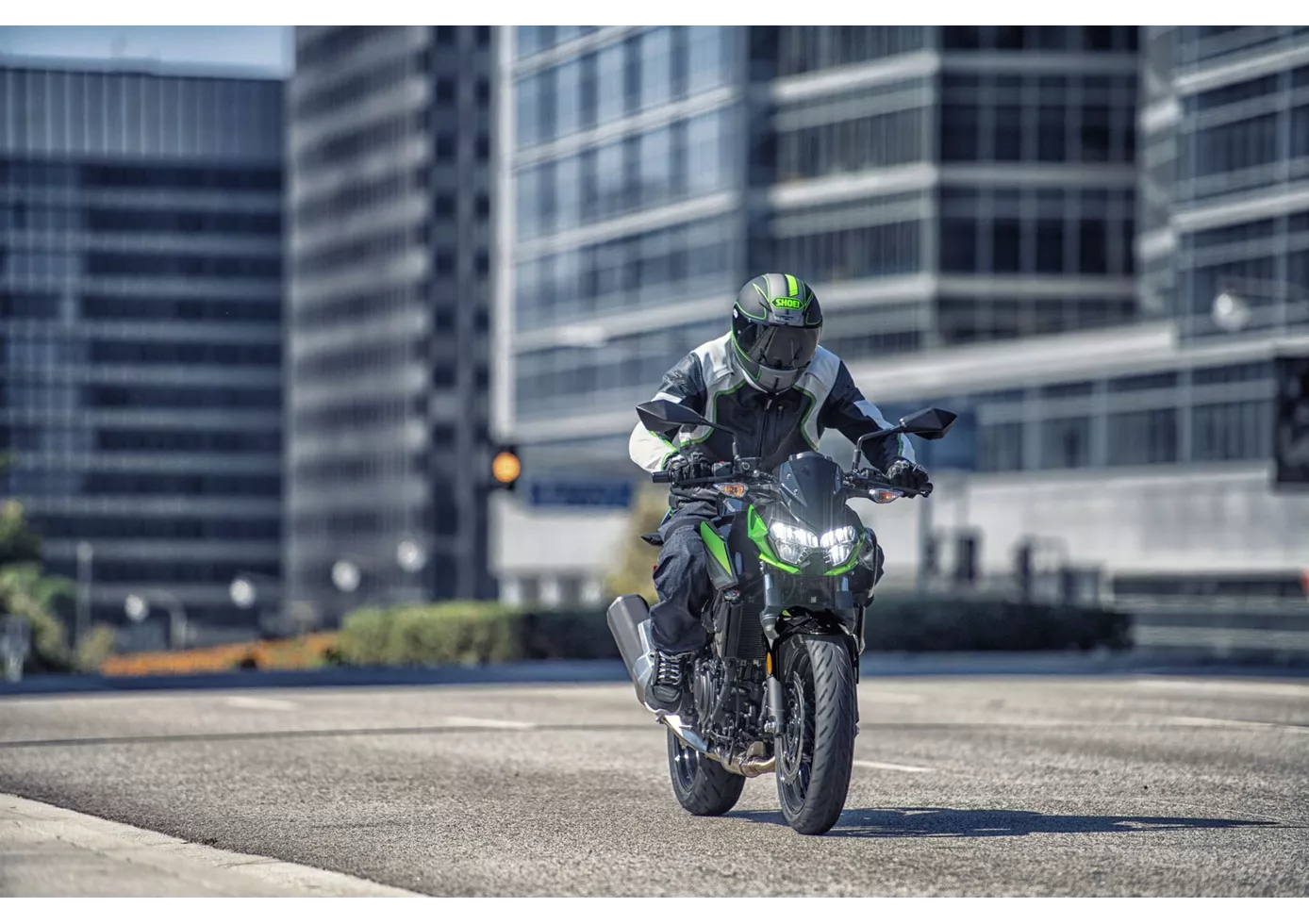
A cool and sensible entry into the A2 class. The Kawasaki Z400 scores points all along the line with its instinctive handling and the in-line two-cylinder, which convinces with good response and sufficient power. You can't go wrong with this naked bike and you can overlook the fact that the levers are not adjustable - after all, costs have to be saved somewhere.
Kawasaki Ninja 400 2023
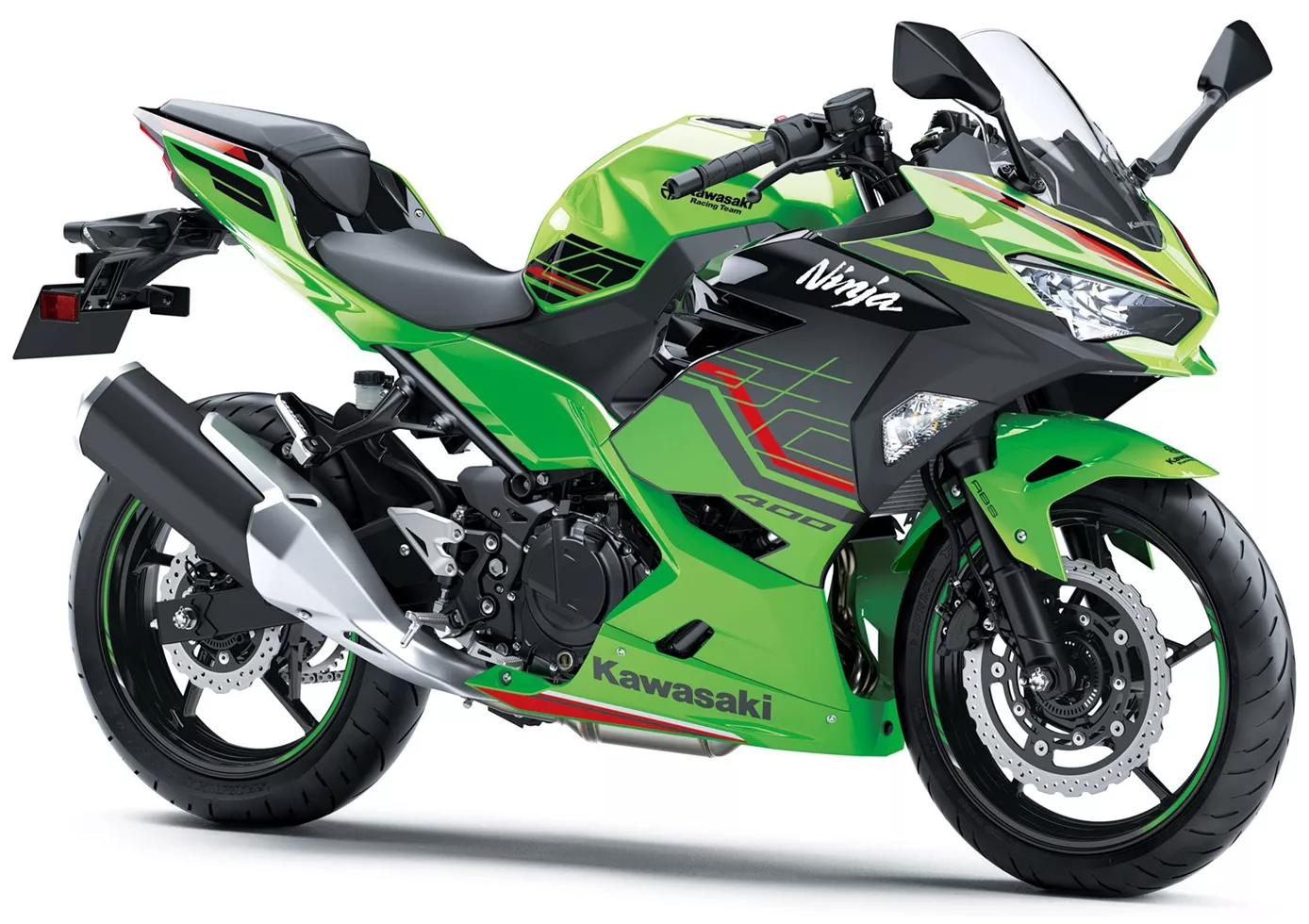
The Ninja 400 offers a lot of riding fun at a manageable price. It offers playful handling without being nervous. The name "Ninja" is a bit of a mouthful, but the range of use is wider than you might think. It rides sportily, but also offers a good riding position for everyday use and touring.
Price Comparison Avarage Market Price Kawasaki Z 400 vs Kawasaki Ninja 400
There are a few key differences between a Kawasaki Z 400 2023 and a Kawasaki Ninja 400 2023. In terms of price, the actual average price of a Kawasaki Ninja 400 2023 is about 8% higher. Compared to Kawasaki Ninja 400 2023 there are more Kawasaki Z 400 2023 bikes available on the 1000PS.de Marketplace, specifically 89 compared to 73. It takes less time to sell a Kawasaki Z 400 with 123 days compared to 165 days for a Kawasaki Ninja 400. Since model year 2019 1000PS.de editors have written 8 reviews for the Kawasaki Z 400 and 9 reviews for the Kawasaki Ninja 400 since model year 2018. The first review for the Kawasaki Z 400 was published on 10/2/2018 and now has more than 23,200 views. This compares to more than 44,300 views for the first review on Kawasaki Ninja 400 published on 11/22/2017.
